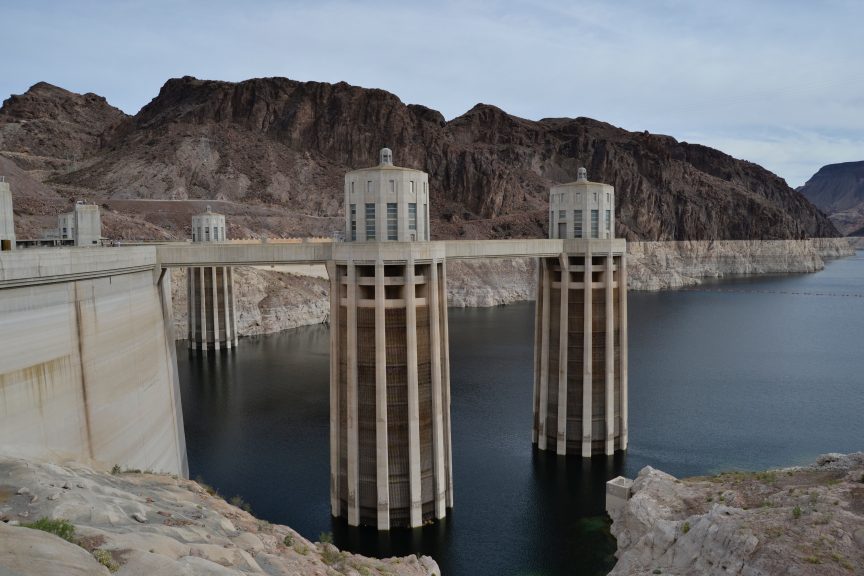Can a stored energy plant under development in Canada serve as a model for keeping the electrical grid charged when renewable power sources falter?
Renewable energy has a lot going for it, but that doesn’t mean we can count on it 365 days of the year. After all, the wind doesn’t always blow and the sun doesn’t always shine. When energy supplies do run low for communities that rely on renewable sources, energy producers are forced to work with other power networks to keep their grids charged.
That’s why many of these producers are developing new methods of storing excess renewable energy for future usage. For example, Toronto’s Northland Power is converting an abandoned open pit iron mine into an energy reservoir for its hydroelectric power plants. If the plan works, this approach could make renewable energy more practical than ever.
A Town Made of Iron
Northland Power’s pumped-storage facility is located in Marmora, a town halfway between Ottawa and Toronto. Marmora has been a center for mining since its founding in 1820, but the town’s mining industry thrived after 1948 when the Canadian government discovered a large reserve of magnetite ore underneath the surrounding countryside.
In 1953 Bethlehem Steel opened a large open pit mine over the magnetite deposit. The operation enjoyed prosperous times for the next 25 years until Bethlehem Steel abruptly closed the mine in 1978. The mine’s pit has remained unused ever since, collecting hundreds of thousands of gallons of falling rain and snow over the decades.
Mining Hydropower
Nearly 40 years after its closing, the Marmora magnetite mine has found new life. Northland Power is redeveloping the site as a 400-megawatt hydropower plant that can stockpile and release energy on-demand.
The proposed Marmora Pumped Storage Hydro Plant will pump water from the pit each night into a reservoir located roughly 700 feet above it. During peak service hours, the water will rush downward through hydroelectric turbines into the pit creating additional energy. The cycle will then repeat itself during off-peak hours.
Northland Power officials say that the plant will provide a continuous supply of energy whenever wind power fails to meet demand. “Storage is the answer…in terms of dealing with intermittency and the need to firm up renewable power,” said Northland’s Director of Business Development John Wright in an interview with The Globe and Mail.
Managing Dust in Mines
The Marmora Pumped Storage Hydro Plant should become a reliable source of sustainable energy in the years to come, proving once again that mines can be invaluable well past their service lives. For those mines that are still in commission a quality dust control program is indispensable.
Midwest Industrial Supply, Inc. offers an industry-leading suite of dust control products that can reduce dust emissions on worksites by up to 90%, while protecting your workers, equipment, and the surrounding environment.
Our cutting-edge, patented product Soil-Sement® settles onto the surface of haul and access roads and forms a protective sealant, preventing fugitive particles from escaping into the atmosphere. Non-toxic, non-corrosive, and environmentally friendly, it resists foul weather and extreme pressure while improving the road’s load-bearing capacity, remaining effective and durable throughout the year.
Whether you’re in the business of mining or renewable energy, Midwest can work with you to develop a cost-effective custom application plan or managed service program to meet all of your dust control needs. In addition, our promise to help you maximize efficiency and strengthen your commitment to environmental friendliness.

